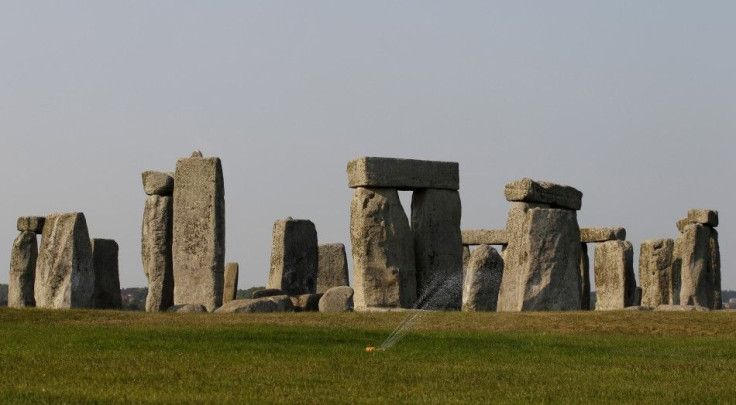Stonehenge Rocks Came From Pembrokeshire, Scientists Say

Researchers cracked the mystery of the origin of England's Stonehenge rocks -- massive boulders that resemble nothing in their immediate vicinity.
Researchers from Leicester University and the National Museum Wales have confirmed that the famous rocks came from Craig Rhos-y-felin, located in Wales' Pembrokeshire county.
Scientists spent nine months collecting samples from rock outcrops throughout the county in an effort to figure out exactly where the boulders came from.
Being able to provenance any archaeologically significant rock so precisely is remarkable, to do it for Stonehenge was quite unexpected and exciting, researcher Rob Ixer said in a university statement. However, given continued perseverance, we are determined that we shall uncover the origins of most, if not all of the Stonehenge bluestones so allowing archaeologists to continue their speculations well into a third century.
Coauthor Richard Bevins said that while the discovery itself was a huge milestone, further research is still needed to figure out just how the massive stones got so far west in the first place.
Many have asked the question over the years, how the stones got from Pembrokeshire to Stonehenge, Bevins said in a university statement. Was it human transport? Was it due to ice transport? Thanks to geological research, we now have a specific source for the rhyolite stones from which to work and an opportunity for archaeologists to answer the question that has been widely debated. It is important now that the research continues.
READ ALSO: Lasso My Comet: NASA Developing Comet Harpoon to Collect Data (PHOTO & VIDEO)
© Copyright IBTimes 2024. All rights reserved.











